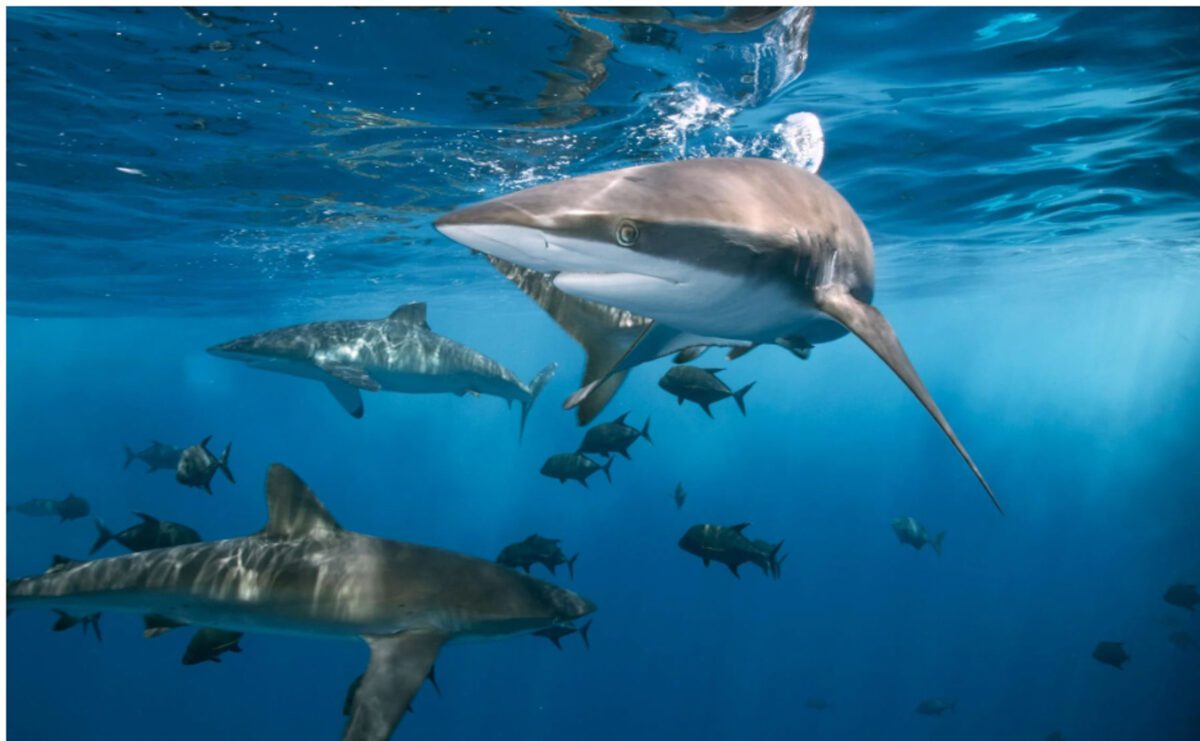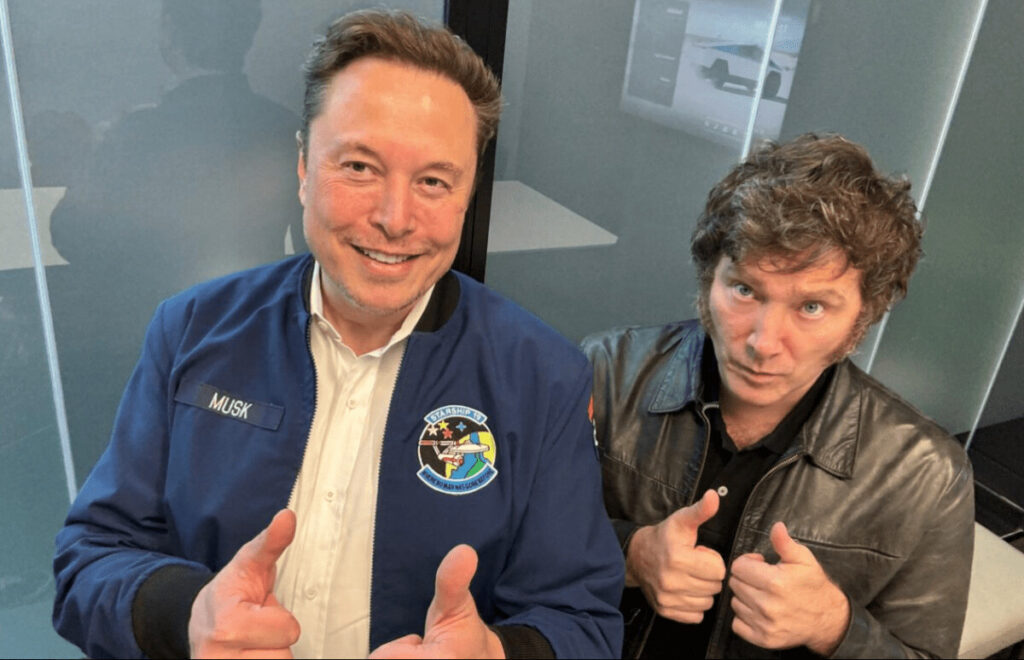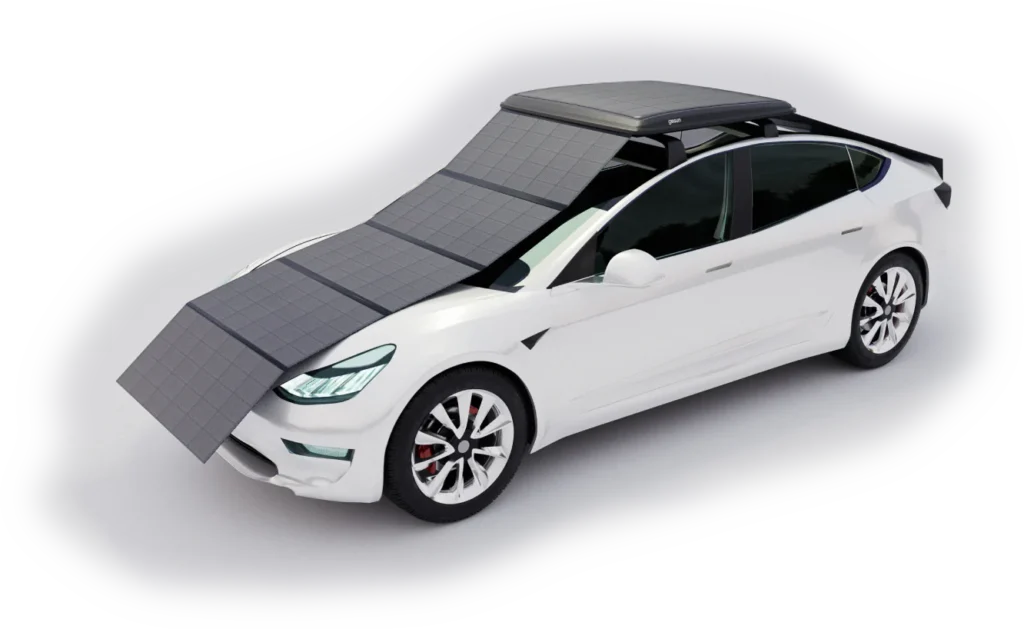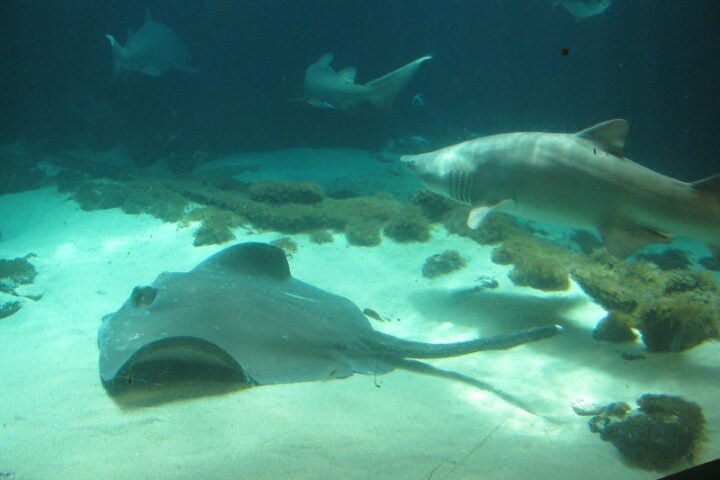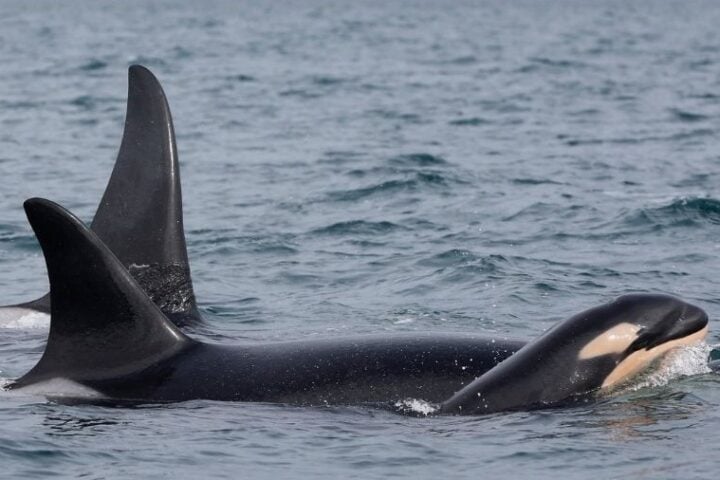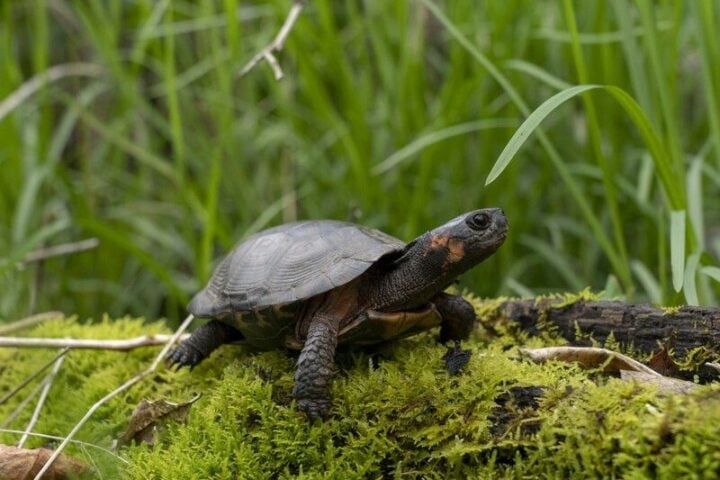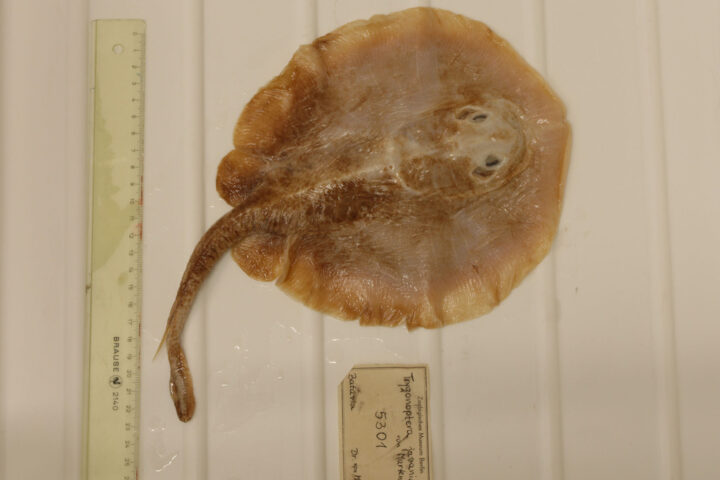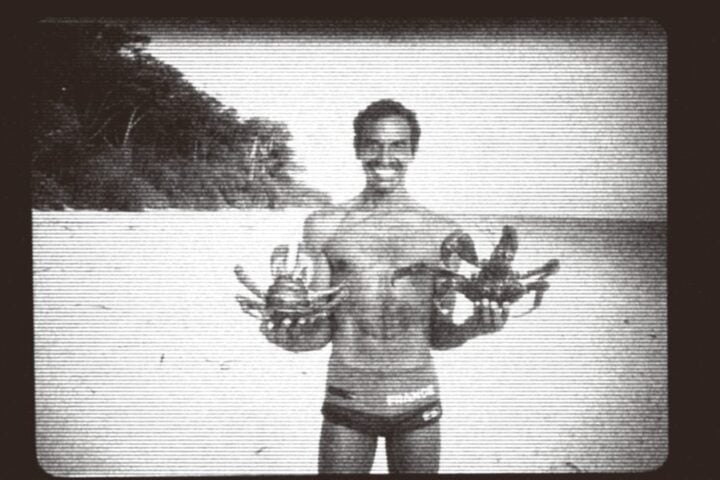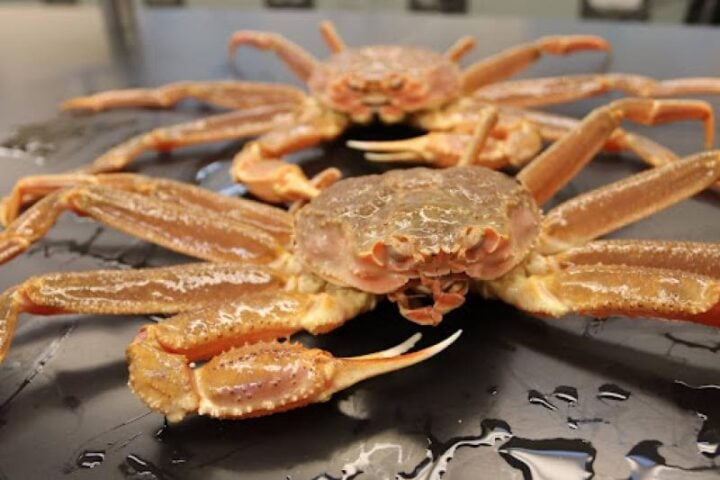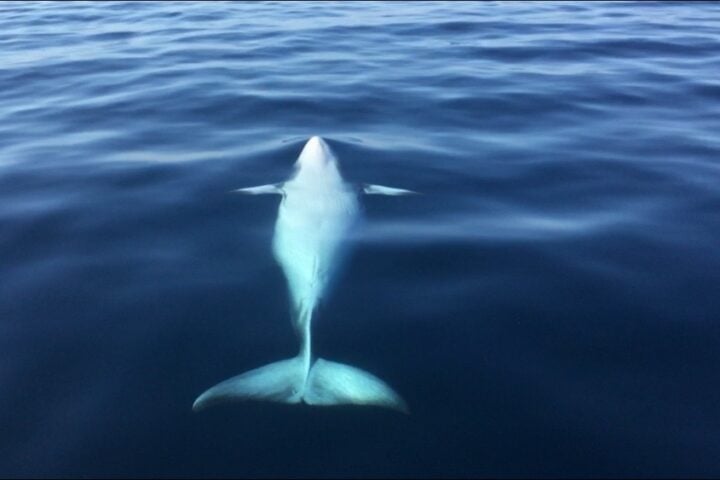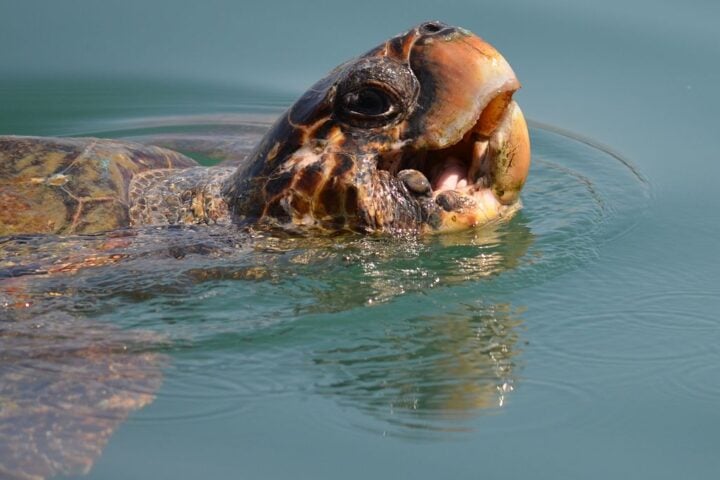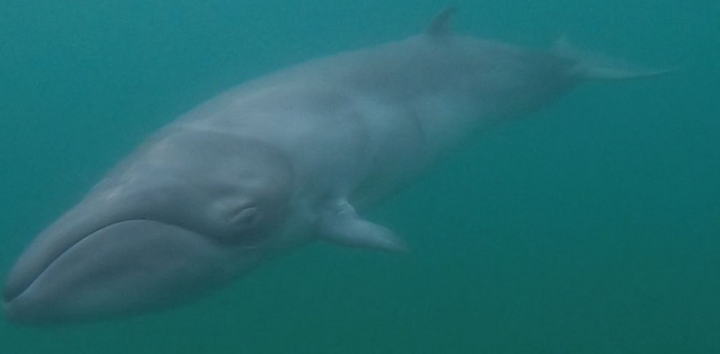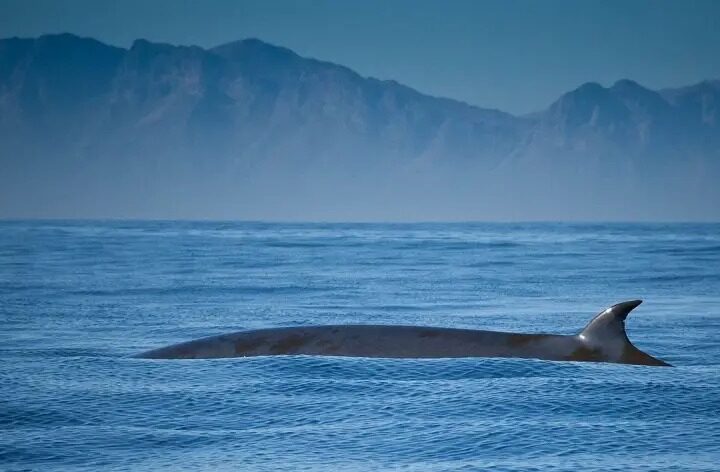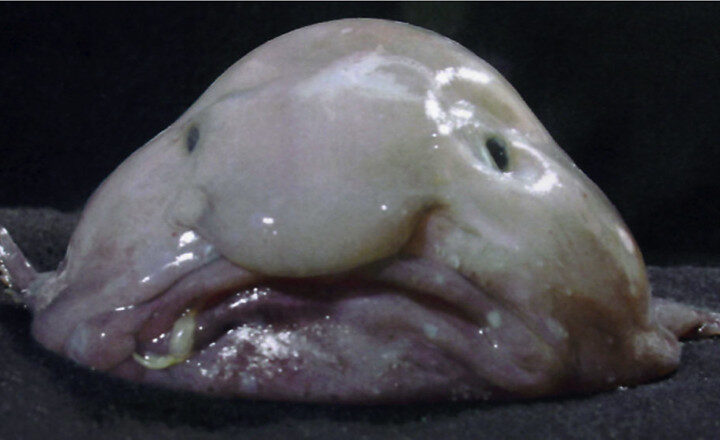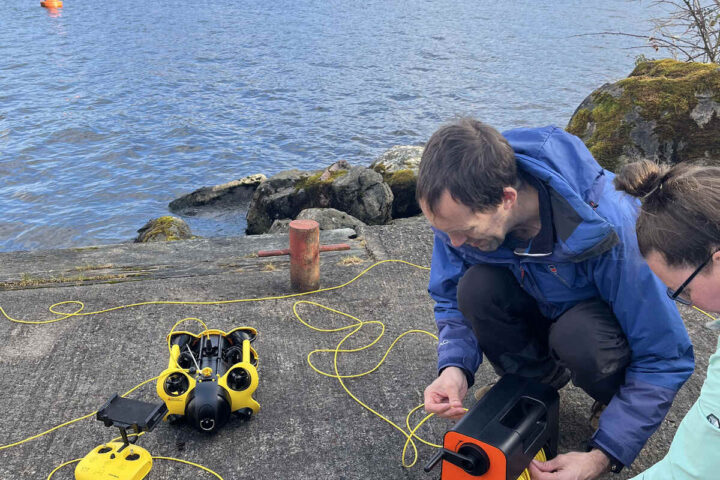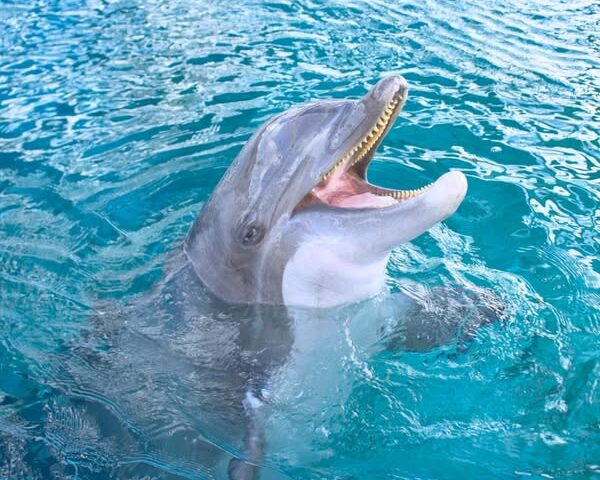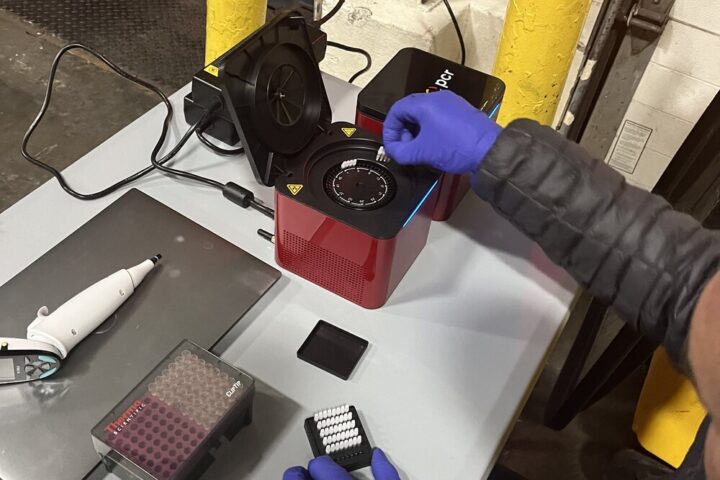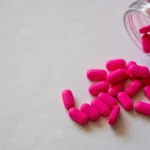A recent study revealed a concerning phenomenon on the coasts of Brazil: reports of wild sharks getting positive for cocaine.
This discovery which was made by the scientists from the Oswaldo Cruz Foundation has greatly influenced the academic circle. In follow-up investigations of 13 male sharpnose sharks caught off the coast of Rio de Janeiro, the same team found that the animals’ muscle and liver samples contained relatively large amounts of cocaine.
According to them, the cocaine concentrations in such samples reach the levels 100-fold higher compared to the levels identified in other marine organisms. The 13 sharks that were recorded were young, small adult sharks that were found to be 52 cm in length.
In analysing the euronews report, it can be seen that the study which was published in the journal Science of The Total Environment confirmed the detection of cocaine in 13 specimens of Rhizoprionodon, commonly known as the Brazilian sharpnose shark.
Collection of samples took place in the Recreio dos Bandeirantes region from September 2021 to August 2023. The studies made by the Oswaldo Cruz Foundation step in the arena of exploring the unknown as this substance was found in sharks for the first time.
Experts opinion says that it might be coming from a drug lab or clandestine where the substance is manufactured or probably from users who take it. He pointed out that, potentially, cocaine that is lost or abandoned by traffickers might be a source, though this is not believed by professionals. “I consider these conclusions very essential and possibly worrying,” said Sara Novais, marine ecotoxicologist of the Center for Marine and Environmental Sciences of the Polytechnic University of Leiria to “Science” magazine.
Enrico Mendes Saggioro, ecotoxicologist from the foundation that conducted the analysis, explained: Cocaine reaches the sea through wastewater from people who take it and from laboratories that synthesise this drug, and Sharks that inhabit a heavily polluted environment take in this drug in large quantities in their muscles.
The paper discovered that the concentration of cocaine was three fold higher in the muscle tissue as compared to that in the liver. Thus, cocaine gets into the sea from laboratories creating it illicitly, and people discharging it into the sea and through faeces, according to professionals.
Despite this research as the first one to detect the presence of cocaine in sharks, the outcome of this exposure has not been ascertained yet. They conclude that similar to the effects on other animals and individuals, the drug should also behave similarly on sharks.
Mendes Saggioro and Rachel Ann Hauser Davis, a biologist at the Oswaldo Cruz Foundation, told CNN about the impact of exposure on sharks, only the adverse behavioural impacts have been confirmed, however, it is still just likely that exposure has physiological injurious effects too; Hauser Davis also pointed out another potential danger, that is, that other sea creatures may also be affected by PCBs.
This scenario of contamination depicts that the effect could go beyond just the sharks to other living organisms in the ocean. The researchers state that cocaine has already infiltrated the food chain. The two added that “sharks are used by man for food in Brazil as in many other countries ”
Similar Posts
Thus, the Oswaldo Cruz Foundation team intends to further study the effects of cocaine on other species of sharks and rays that are found in riverine zones. “We also plan to study other migratory fish like mullet and compare whether the migration affects the accumulation of cocaine,” Mendes Saggioro explained.
This study is novel and shows that the problem of illegal drugs polluting the sea is actual and concerns not only marine and aquatic species but also ecosystems and perhaps humans.
